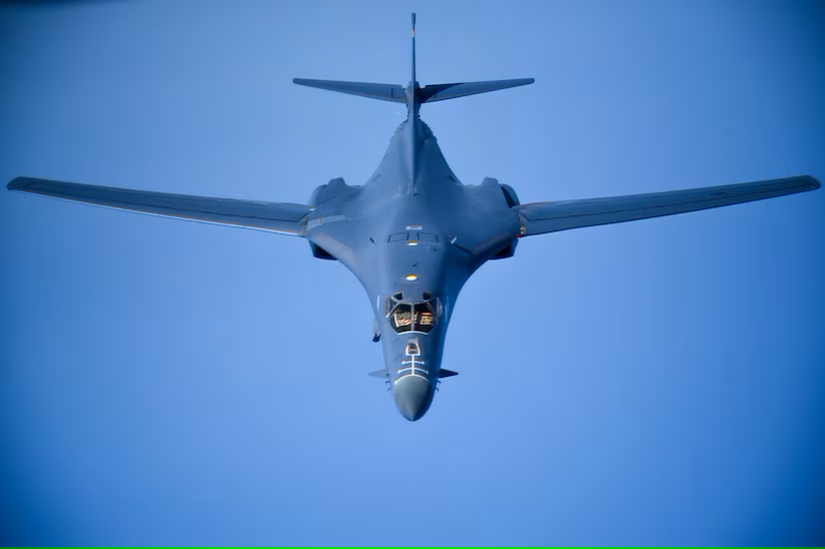“We are now in a world where we’re facing multiple nuclear competitors, multiple states that are growing, diversifying and modernizing their nuclear arsenals and also, unfortunately, prioritizing the role that nuclear weapons play in their national security strategies,” said Richard C. Johnson.
As the security environment evolves, adjustments to the 2022 Nuclear Posture Review may be required to sustain the ability to achieve nuclear deterrence, in light of enhanced nuclear capabilities of China and Russia and possible lack of nuclear arms control agreements after February, said Johnson, deputy assistant secretary of defense for nuclear and countering weapons of mass destruction policy, who spoke on a panel at the Center for Strategic and International Studies’ Project on Nuclear Issues event, yesterday in Washington, D.C.
The underlying logic of nuclear deterrence remains sound. Also, the U.S. remains committed to a safe, secure and reliable nuclear deterrent, he said.
However, the nuclear modernization program of record, while necessary, may be insufficient moving forward, he added.
DOD, in partnership with the National Nuclear Security Administration, has already taken steps to field capabilities to enhance nuclear deterrence and flexibility and to reduce risk to the department’s nuclear modernization program, Johnson said.
These include the B61-13 gravity bomb, delivered by aircraft, as well as the enhanced readiness of nuclear armed and powered Ohio-class submarines, he said.
The Department of Energy’s National Nuclear Security Administration would produce the B61-13, which is a modern variant of the B61.
On Nov. 15, the department submitted the 791 Report to Congress describing the nuclear employment strategy of the U.S. It’s called the 491 because it was submitted in accordance with U.S. Code, Title 10, Section 491.
The 491 report describes changes that have been made from previous guidance and accounts for the new deterrence challenges that are posed by the growth, modernization and increasing diversity of potential adversaries’ nuclear arsenals, Johnson said.
The report directs that the U.S.:
- Plans to deter multiple nuclear-armed adversaries simultaneously.�
- Requires the integration of non-nuclear capabilities, where feasible, to support the nuclear deterrence mission.�
- Stresses the importance of escalation management in U.S. planning for responding to limited nuclear attack or high-consequence, non-nuclear strategic attack.�
- Enables deeper consultation, coordination and combined planning with allies and partners in order to strengthen U.S. extended deterrence commitments. �
The report also recognizes that deterrence alone will not address strategic dangers. It recognizes that arms control and that risk reduction and nuclear nonproliferation play indispensable roles as well, Johnson said.
Grant Schneider, vice deputy director for strategic stability at the Joint Staff, who also spoke, said that another part of the report is the significant intellectual and analytical work required to identify the range of scenarios and strategic circumstances that the U.S. might face alongside its allies going into the 2030s.
“To be prepared for the 2030s, we have to modernize our nuclear forces, the nuclear command and control, and the associated infrastructure that will allow us to be flexible and adjust over time as new challenges arise, whether that’s new threats or potential changes or delays in our modernization,” Schneider said.
